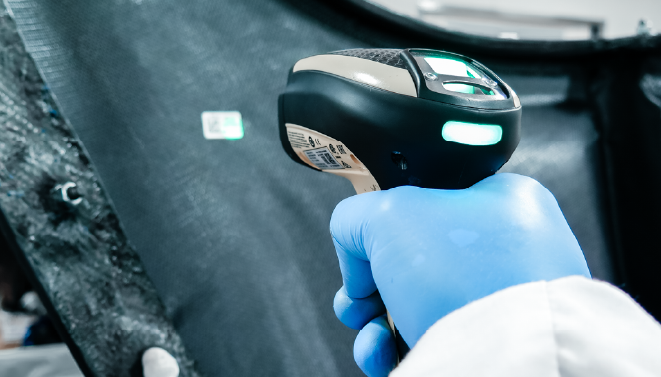The constant advancement of the digital world has had a strong impact on mechanical technologies, which have embarked on a path of evolution towards electronics, leveraging cutting-edge computer instrumentation to introduce new functions and features.
Within the context of industrial automation, this evolution has involved various aspects, including the use of cams, the technology underlying automated motion. Currently, solutions based on mechanical cams are preferred for the realization of assembly plants. However, with the introduction of programmable electronic and hybrid systems, there is the possibility of making changes to assembly lines in a more agile and rapid manner.

The mechanical cam: the most widespread technology in industrial automation
The mechanical cam is the most known and used form in various sectors, where an irregularly shaped element, anchored to a rotating shaft, transforms rotary motion into desired linear motion, through the designed cam profile.
It is the most widespread technology in the world of industrial automation primarily due to material durability, which is why it is more commonly applied to assembly plants requiring greater strength and durability. Its widespread use implies reduced design and production costs compared to electronic solutions, despite offering less flexibility for modifications.
At Sinteco, mechanical cams are designed and drawn by our team of specialized technicians and are used for assembly lines with rotary tables and transfers. For the tailored production of cams destined for our automation systems, we collaborate with selected suppliers capable of meeting our high standards of quality and compliance.
The extensive experience of Sinteco's technicians in designing automation systems for various industrial sectors allows for the study and formulation of the most suitable mechanical solution for the specific product and customer requirement, calibrating the speed and force of automated movements from the cams based on the characteristics of the materials processed and production needs.













